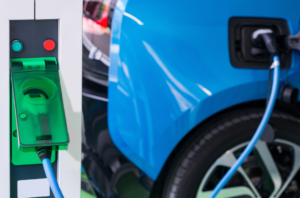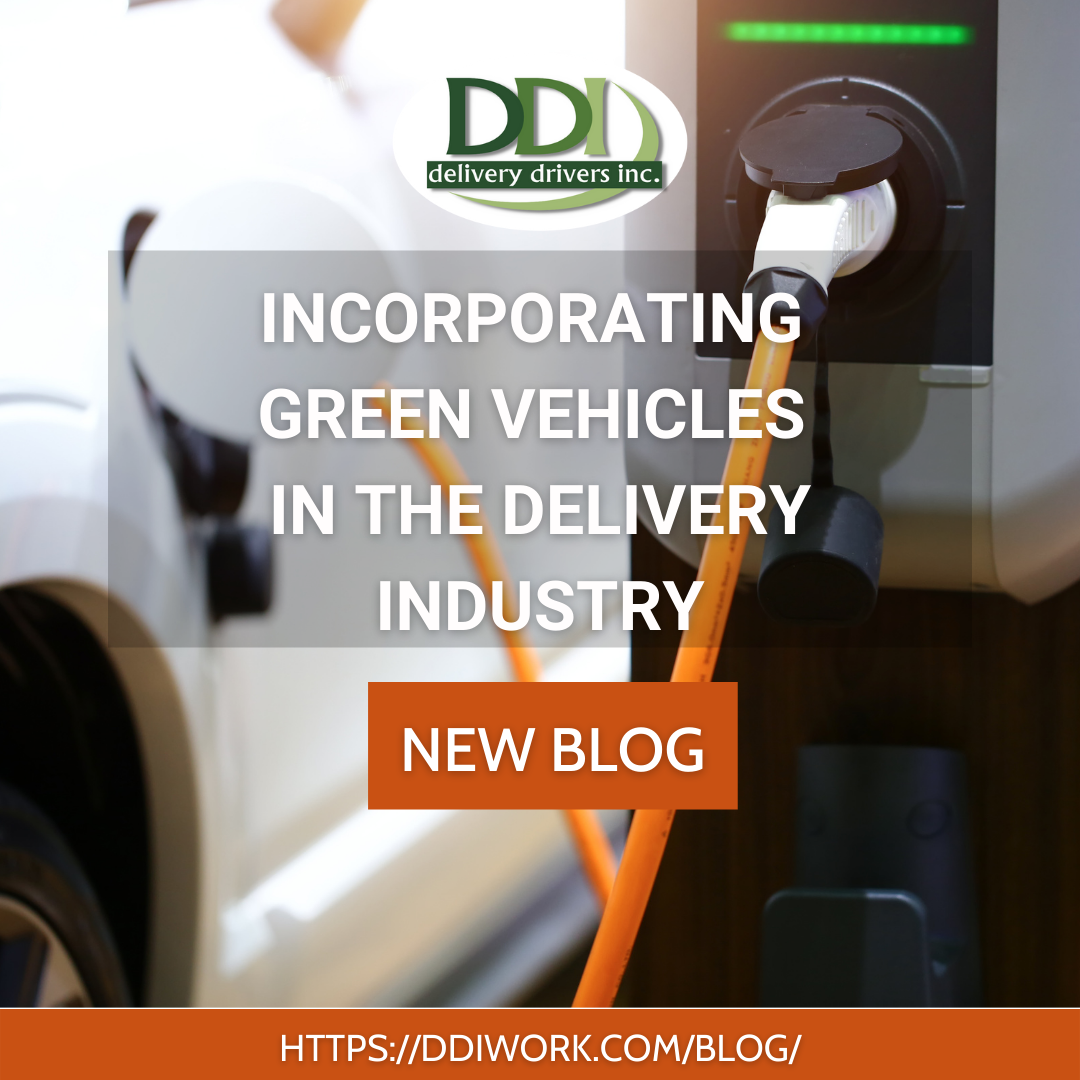
As the gig economy continues to grow, so does the use of personal vehicles. With more delivery vehicles on the road, so has an increase in gas usage for delivery, and waste generated on shipping materials. Going Green has become imperative in the gig economy today. Gas prices are surging and the price of materials are increasing, products such as Electric Bikes and EVs are becoming a popular mode of transportation. By 2035, states such as California will be banning sales of gas powered vehicles altogether. As a provider in the gig economy space, DDI wants to share a few ways delivery companies can stay ahead.
Electric Bikes
While electric bikes are growing in popularity and affordability, delivery companies are looking into ways to incorporate them in operations. According to ebicycles.com, the electric bicycle market was estimated at $15.42 billion in 2019 and is estimated to achieve a compound annual growth rate of 7.49% between 2020-2025. In 2023, e-bike sales are estimated to reach 40 million units worldwide, generating about $20 billion in revenue. That’s 300 million e-bikes in circulation around the world by 2023. A 50% increase compared to 2019.
Companies such as Coaster Cycles, Zoomo, URBE and Cake have established credibility in the delivery industry. From knowing where to house these e-bikes, charging items, and which type of trailer you may need depending on the delivery type. According to the same article, e-bikes are expected to become the preferred vehicle for making deliveries in big cities. In 2021, the number of deliveries by e-bikes rose by 20% and made up 285 billion shipments. Companies such as UPS and Dominos are making a big play to use e-bikes. Some companies have stated e-bikes make for a more efficient delivery with better customer satisfaction.
Electric Vehicles
Electric Vehicles are our future. There is no getting around it, especially with the rise in gas prices. Each year, EVs become more and more affordable. According to bankrate.com, global EV sales rose 40% between 2019 and 2020. In 2022, we project to see another 29-30 new types of EV models from car manufacturers such as Tesla, Nissan, Kia, Porsche, and others.
One thing stopping consumers from buying electric vehicles is having a place to charge them. Today, the U.S. has only 4% of the EV charging stations needed to support 64 million EVs that are expected to hit the ground by 2040. ChargeNet Stations is helping solve the charging station shortage by putting fast solar-powered charging stations in QSRs (Quick Service Restaurants) to afford patrons to charge their cars for 15 minutes, or less, and get an additional 100+mile charge. The restaurant owners benefit not only from attracting EV-driving customers. But restaurant owners can use stored, renewable energy to help reduce energy costs at the restaurant.
According to GuideHouse, the charging industry could hit $207.5 billion by 2030. Not only will the vehicle be cheaper but there will be additional ways to charge vehicles. Businesses of all types will want to see who they can partner with in the future. This is to ensure drivers can charge their electric vehicles. ChargeNet Stations can help.
While these are two of the major green initiatives we are seeing for vehicles, there are also apps that continue to help delivery drivers and companies stay efficient. Apps such as iExit which can tell you the closest restaurant or gas station to you depending what exit you’re near.
DDI Channel Partners
At Delivery Drivers, Inc. we continue to look for ways to help the drivers and our clients stay efficient, make more money and grow their business. Learn more about the companies mentioned in this article and other companies that we partner with via DDI’s Channel Partners
CONTACT
Email: marketing@ddiwork.com

